
A recipe development process: from inspiration to final product
Are you tired of cooking the same meals every week and ready to spice up your recipe game? Maybe you've been inspired by a new ingredient or cuisine, but you're not sure where to start with recipe development. Fear not, fellow foodie! In this article, we'll take you through the recipe development process from inspiration to final product.
Creating a recipe can seem like a daunting task, but it can also be a fun and creative process. Whether you're a seasoned chef or a beginner cook, understanding the steps to recipe development can help you to create delicious, unique dishes that will impress your family and friends.
In this article, we'll cover everything from finding inspiration to testing and refining your recipe. We'll also share some tips and tricks to help you along the way. So, get ready to put on your apron and let's dive into the wonderful world of recipe development!
Finding Inspiration for Your Recipe
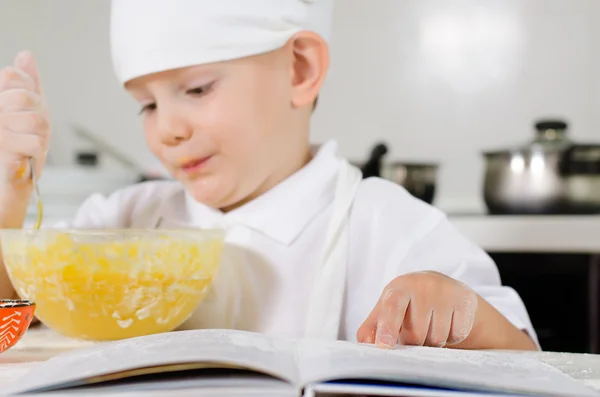
Finding inspiration for a recipe is the first step in the recipe development process. This step can often be the most challenging, as it requires creativity and originality. Fortunately, there are many sources of inspiration that you can draw from.
One great source of inspiration is your own experiences and memories. Think about the foods that you grew up with or the meals that you have enjoyed while traveling. These experiences can serve as the foundation for a unique and personal recipe.
Another source of inspiration is other recipes. Take a look at cookbooks, food blogs, and social media for ideas. You can use these recipes as a starting point and put your own spin on them to create something new.
Finally, consider seasonal ingredients and the current food trends. This can help you stay current and provide inspiration for ingredients and flavor combinations that are currently popular.
Overall, the key to finding inspiration is to keep an open mind and be willing to experiment with new ingredients and techniques. Don't be afraid to try something new and put your own spin on it.
Developing Your Recipe Concept

Once you have found inspiration for your recipe, it's time to start developing the concept. This is where you take your initial idea and start fleshing it out into a full recipe. It's important to keep in mind who your target audience is, as well as any dietary restrictions or preferences they may have.
One way to begin developing your recipe concept is by brainstorming different ingredients that could work well together. You can also think about different cooking techniques and methods that would complement the ingredients you have in mind. This is a great time to experiment and try new things.
Another important consideration when developing your recipe concept is the level of difficulty. Is this recipe going to be simple enough for a beginner to make, or is it going to be more complex and require advanced cooking skills? You also need to consider the amount of time and effort that will be required to make the recipe.
Once you have a solid concept in mind, it's time to start testing the recipe. This is where you'll make tweaks and adjustments until you get the final product just right. Keep detailed notes throughout the testing process so you can refer back to them later.
Remember that recipe development is an iterative process, and it's important to be open to feedback and willing to make changes. Don't be afraid to start over if something isn't working, and don't get discouraged if it takes several attempts to get your recipe just right. With persistence and a willingness to experiment, you'll be on your way to creating a delicious and successful recipe.
Testing Your Recipe
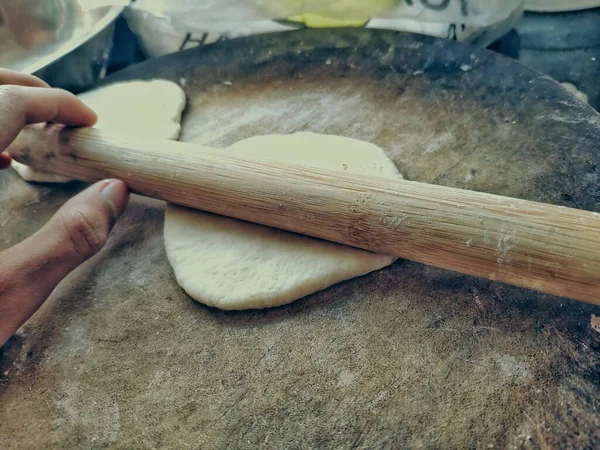
Once you have developed your recipe concept, it's time to start testing it out. Testing is an essential part of the recipe development process, as it allows you to fine-tune your recipe and ensure that it is both delicious and easy to follow. Here are some tips for testing your recipe:
Start with small batches: It's always a good idea to start testing your recipe with a small batch. This way, you can make adjustments as needed without wasting too many ingredients.
Follow the recipe exactly: When testing your recipe, it's important to follow the recipe exactly as written. This will help you identify any issues with the recipe that need to be addressed.
Make notes: As you test your recipe, make detailed notes about each step of the process. This will help you keep track of any changes you make and ensure that you don't forget any important details.
Taste test: Be sure to taste your recipe at every stage of the testing process. This will help you identify any areas where the recipe needs improvement.
Get feedback: Once you have tested your recipe a few times, ask others to try it and provide feedback. This will give you a different perspective on the recipe and help you make any final adjustments.
Remember that recipe testing can be a time-consuming process, but it is essential for creating a recipe that is both delicious and foolproof. Don't be afraid to make changes and adjust your recipe as needed to get it just right.
Documenting Your Recipe
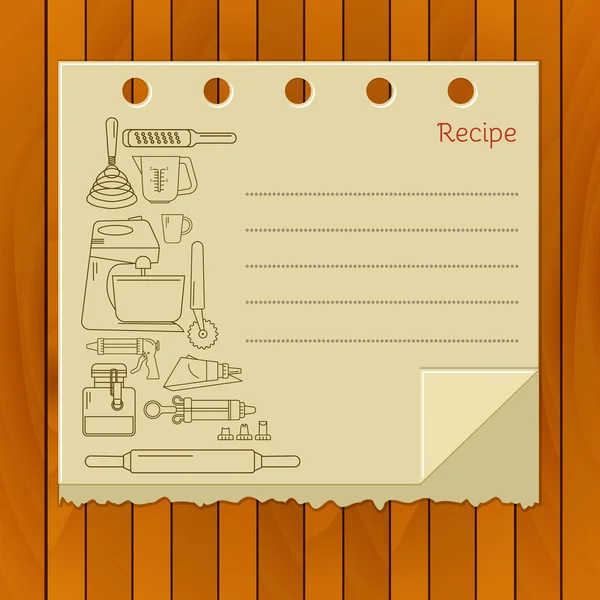
After you’ve tested your recipe and made any necessary adjustments, it’s time to document your recipe. This step is crucial for ensuring that you can consistently recreate your recipe and share it with others.
There are several elements to consider when documenting your recipe, including:
Ingredients: List all of the ingredients needed for your recipe, along with the exact amounts required. Be sure to specify the type of ingredient as well (e.g., all-purpose flour, unsalted butter).
Directions: Write out step-by-step instructions for how to prepare your recipe. Be clear and concise, and use action verbs to describe each step.
Serving size: Indicate how many servings your recipe makes.
Prep and cook time: Include the estimated time it takes to prepare and cook the recipe.
Tips and variations: Consider including any tips or variations to the recipe, such as substitutions for certain ingredients or ways to adjust the recipe for dietary restrictions.
Notes: Leave space for any additional notes you may have about the recipe, such as adjustments you made during testing or special equipment needed.
Once you have all of these elements documented, you can create a standardized recipe card or document that you can use to share your recipe with others. This can be especially helpful if you plan on scaling up your recipe for larger batches or sharing it with other chefs or restaurants.
Overall, documenting your recipe is a crucial step in the recipe development process, as it allows you to create a clear and consistent recipe that can be easily replicated and shared.
Costing and Scaling Your Recipe 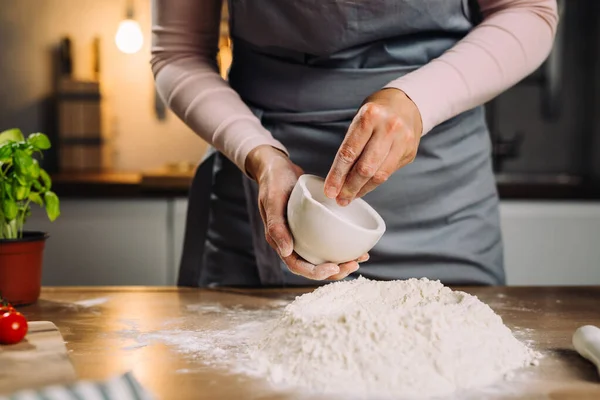

Developing a recipe is more than just throwing ingredients together; it requires meticulous planning and execution. One crucial aspect of recipe development is costing and scaling your recipe. Costing your recipe is essential to determine how much it will cost to produce the recipe, while scaling your recipe ensures that you can make the recipe in large quantities without losing its quality or consistency. Here are some tips on costing and scaling your recipe:
Determine the cost of each ingredient: Start by calculating the cost of each ingredient in your recipe. This will give you an idea of the total cost of the recipe.
Factor in the cost of labor: Don't forget to include the cost of labor when costing your recipe. This includes the time it takes to prep, cook, and clean up after making the recipe.
Determine your desired profit margin: Knowing your desired profit margin is essential to pricing your recipe correctly. This will help ensure that you are making a profit on each dish you sell.
Calculate the final cost of the recipe: Once you have determined the cost of each ingredient and factored in the cost of labor and desired profit margin, you can calculate the final cost of the recipe.
Test the recipe in small and large quantities: It's crucial to test your recipe in both small and large quantities to ensure that it maintains its quality and consistency.
Adjust the recipe as necessary: Based on your testing, you may need to adjust the recipe to ensure that it works in large quantities.
Document the scaled recipe: Once you have finalized your recipe, document the scaled recipe, including the ingredients, quantities, and instructions, so that you can replicate it consistently in the future.
By following these tips, you can ensure that your recipe is not only delicious but also profitable and scalable.
Food Styling and Photography
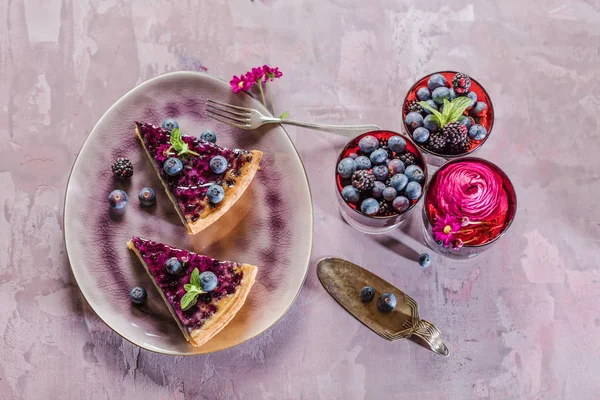
Once you have developed your recipe, it's important to showcase it in the best possible light. This is where food styling and photography come in. Food styling is the art of making food look attractive and appealing to the eye, while food photography captures that beauty in a still image. Whether you're creating a recipe for a cookbook, a food blog, or a restaurant menu, food styling and photography can make or break the success of your recipe.
When it comes to food styling, there are a few key techniques to keep in mind. First, choose the right props and background to complement your dish. A neutral background like a white or wooden table can help your dish stand out, while props like utensils or garnishes can add visual interest. Next, consider the composition of your dish. Arrange the food in a way that is visually pleasing, balancing colors, textures, and shapes.
In addition to styling the food itself, lighting is also crucial to food photography. Natural light is generally the best choice for food photography, as it provides a soft, diffused light that enhances the natural colors of the food. However, artificial light can also be used effectively, as long as it is properly diffused to avoid harsh shadows.
When photographing your dish, try different angles to see what looks best. For example, shooting from above can give a great view of a layered dish, while shooting at eye level can provide a more intimate look. Don't be afraid to experiment and play around with different compositions and lighting setups until you get the perfect shot.
Overall, food styling and photography are important parts of the recipe development process, as they help to showcase your dish in the best possible light. By taking the time to carefully style and photograph your recipe, you can create an irresistible visual appeal that will make people want to try your dish.
Sharing and Promoting Your Recipe
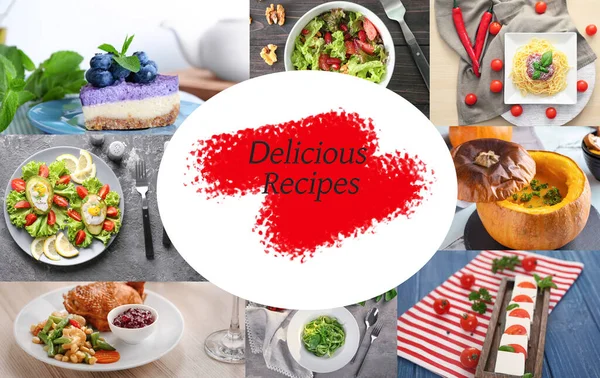
Once your recipe is developed, tested, documented, and styled, it's time to share it with the world! There are a variety of platforms you can use to promote your recipe, including social media, food blogs, and recipe websites.
One important aspect of promoting your recipe is to ensure that it's visually appealing. People often eat with their eyes first, so having high-quality photos and videos of your dish can be a powerful way to attract attention. Consider investing in a good camera and learning some basic food photography techniques to help make your recipe stand out.
In addition to visual elements, you'll also want to craft a compelling description of your recipe. This should include information about the flavors and textures of the dish, any interesting or unique ingredients or techniques used, and suggestions for how to serve or pair the dish.
When promoting your recipe, be sure to take advantage of hashtags and other tools that can help increase visibility and engagement. Collaborating with other food bloggers or recipe developers can also be a great way to expand your reach and connect with new audiences.
Finally, don't forget to engage with your audience! Respond to comments and questions, and consider running contests or giveaways to encourage people to try your recipe and share their own experiences. Building a community around your recipe can help keep people coming back for more, and may even lead to new recipe development ideas in the future.
Revamping Your Recipe
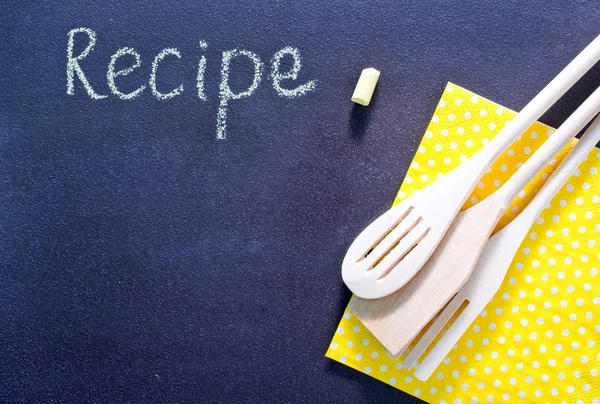
Once you've developed a recipe, it's not necessarily set in stone. In fact, many recipes can be improved or updated with a few tweaks. Maybe there's an ingredient you want to swap out for a healthier option, or perhaps you've received feedback that the recipe could use a little more seasoning. Whatever the reason, revamping your recipe can help keep it fresh and relevant.
One way to revamp your recipe is to make small changes to the ingredients. For example, you could swap out a high-fat ingredient for a lower-fat option or add more herbs and spices for extra flavor. You might also try experimenting with different cooking techniques or methods to achieve a different texture or taste.
Another way to revamp your recipe is to present it in a new and exciting way. Maybe you've been making the same dish for years, but you could try serving it with a new side dish or garnish to give it a fresh twist. You could also try presenting it in a different format, such as turning a soup into a stew or a salad into a wrap.
It's also important to listen to feedback from others who have tried your recipe. If someone suggests a change, take it into consideration and see if it improves the recipe. You could also ask for feedback from a test group of friends or family members to get a broader range of opinions.
Remember that revamping a recipe doesn't mean you're starting from scratch. You already have a solid foundation to work from, so use that as a starting point and build upon it. With a little creativity and experimentation, you can take your recipe to the next level.
Overall, revamping your recipe is a great way to keep it fresh and exciting. Don't be afraid to make changes and experiment – who knows, you might end up with an even better recipe than the original!
Conclusion
Welcome to the conclusion of our journey through the recipe development process! We hope that you've learned something new about what goes into creating a delicious and successful recipe.
As we've seen, recipe development is not a simple process, and it requires a lot of creativity, testing, and refinement to produce a recipe that is both delicious and reliable. From finding inspiration to promoting your finished recipe, every step along the way is important to creating a truly great recipe.
We've discussed the importance of finding inspiration and developing a concept that speaks to you and your target audience. We've also talked about the critical step of testing your recipe multiple times to ensure it's perfect before sharing it with the world. Additionally, we've emphasized the significance of documenting the recipe, costing and scaling it, food styling and photography, and finally, sharing and promoting it.
Lastly, we discussed the importance of revisiting your recipe and continuously improving it. Revamping your recipe and making necessary changes will keep your recipe fresh and relevant, and show your audience that you are always striving for excellence.
Overall, recipe development is an art that requires passion, creativity, and patience. However, with the right process and mindset, anyone can create a successful recipe that will be enjoyed by many. So go ahead and start experimenting in the kitchen, and who knows? You might just create the next viral recipe sensation!
 Reviewed by jadan
on
March 02, 2023
Rating:
Reviewed by jadan
on
March 02, 2023
Rating:



No comments: